|
Getting your Trinity Audio player ready...
|
Ever felt like you’re not truly connecting with others despite being in the same conversation? Well, you’re not alone.
Effective listening is the secret sauce to meaningful connections, but it’s not as simple as it sounds.
We’re about to dive deep into different types of listening styles.
These styles go beyond just hearing words; they are your keys to understanding others, empathizing, problem-solving, and nurturing trust.
Whether you’re in a romantic relationship, bonding with friends, or thriving in your career, these listening techniques can transform your interactions.
We’ll explore 12 types of listening skills, showing you care, appreciation, critical listening, and more.
Each type of listening style offers a unique perspective on understanding people and building stronger connections.
Are you ready to enhance your relationships and become a better communicator?
Let’s explore the 12 types of listening and embark on a journey to deeper, more fulfilling connections.
The Power of Listening
Listening is often overlooked as a vital component of communication.
We often focus on what to say and how to express ourselves, forgetting that effective listening is equally crucial.
In fact, listening can be a superpower, enabling you to truly understand others, resolve conflicts, and build stronger relationships.
In this extensive post, we’ll walk through 12 types of listening, each with its unique qualities and applications.
Whether you’re trying to be a better partner, friend, or colleague, these listening styles will help you tailor your approach to various situations and individuals.
Types Of Listening
Enhance your relationships by understanding these 12 listening styles, each offering unique insights.
Whether it’s empathetic, critical, or informational listening, these approaches can transform your connections.
1. Empathetic Listening: The Heartfelt Connection
Empathetic listening is all about getting into the emotional shoes of the speaker. It’s creating a cozy haven for someone to pour out their feelings.
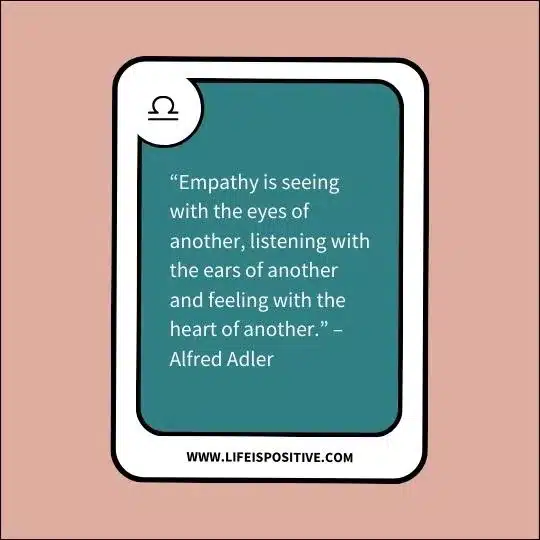
Think of it as being a lighthouse in a storm, offering unwavering support when a friend is going through a rough patch, or providing a safe emotional space for your partner.
Empathetic listening is the art of caring, a tangible demonstration of your presence, and a readiness to share in someone’s joys and sorrows.
It’s the secret sauce for building intense emotional bonds, a cornerstone of every strong, loving relationship.
2. Active Listening: The Engaged Conversation
Active listening is possibly the most familiar form of effective listening.
It’s all about being fully there – in body, mind, and spirit – when someone is talking.
It’s not merely hearing; it’s engaging, asking questions, and giving feedback.
When you actively listen, you show the speaker that their thoughts and opinions matter.
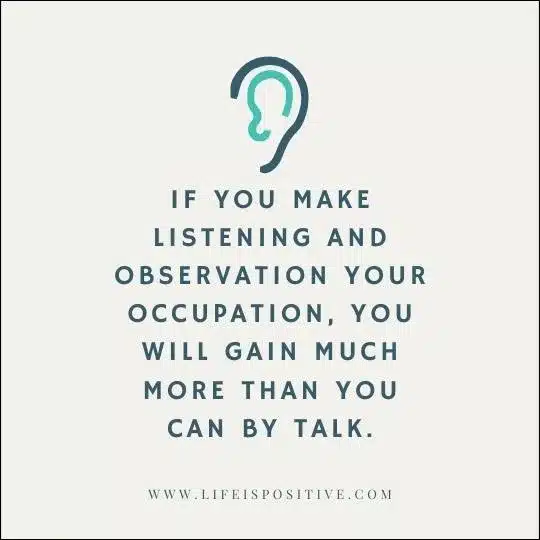
Active listening can be exceptionally powerful in professional contexts, such as negotiations or job interviews.
It’s equally invaluable in personal connections, making you more supportive and empathetic to your friends or loved ones.
3. Reflective Listening: Mirroring Emotions
Reflective listening is akin to holding up a mirror to the speaker’s emotions.
In this practice, you echo the speaker’s feelings to let them know that you genuinely understand and empathize with their emotional state.
It’s a remarkable tool for validating someone’s experiences, whether they’re brimming with joy, grappling with sadness, or overwhelmed by anxiety.
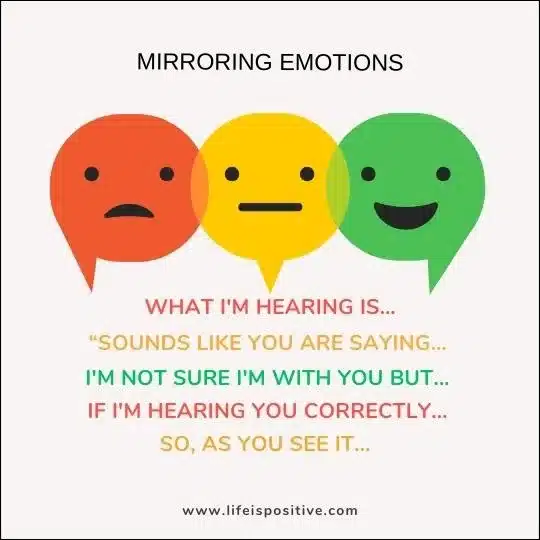
Reflective listening acts as a lifeline, especially during emotionally charged conversations, as it helps create a safe and understanding space for the speaker to express themselves.
By employing this form of listening, you show respect and empathy, strengthening your relationships and making others feel truly heard and valued.
4. Content Listening: Focus on the Message
Content listening is all about honing in on the information being shared rather than the speaker’s emotions.
It’s the perfect approach for situations where your primary goal is to understand facts, details, and the core content of the message.
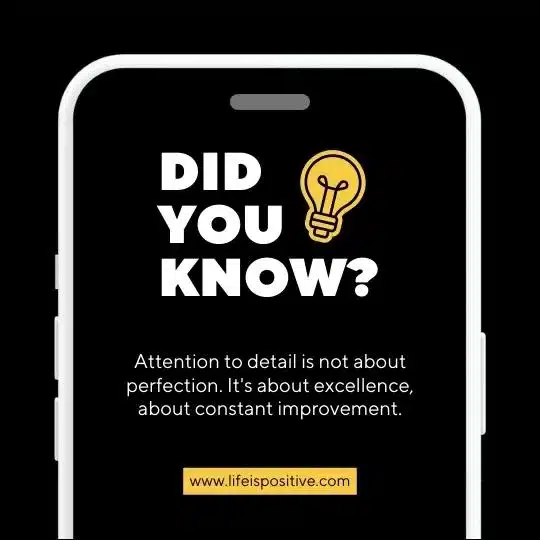
Think of it as your go-to method during business meetings, educational lectures, or study sessions.
This type of listening allows you to absorb and retain crucial information effectively, as your focus remains dedicated to the message’s substance.
Whether you’re deciphering complex data or trying to comprehend intricate concepts, content listening helps ensure that you’re on the same page as the speaker when it comes to the actual information being presented.
5. Critical Listening: Analyzing and Evaluating
Critical listening is like unleashing your inner detective.
It’s the Sherlock Holmes of listening styles, diving deep into the details and analyzing the information.
Here, your mission is to evaluate the credibility of what’s being said and form judgments based on careful scrutiny.
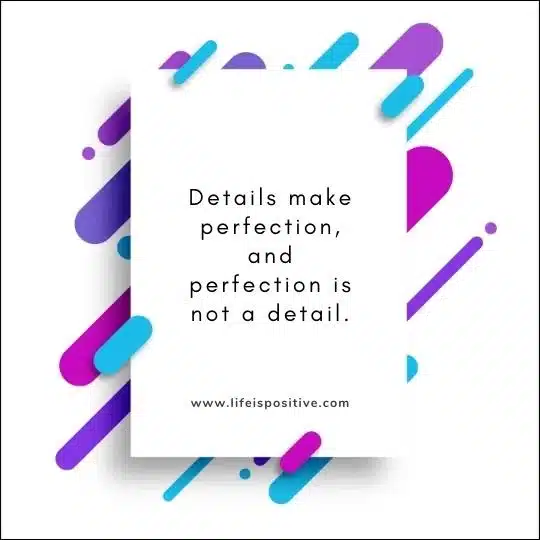
This type of listening is like a truth-seeking missile, particularly crucial in academic settings when you’re sorting through complex information and in the world of problem-solving and decision-making.
It helps you separate the wheat from the chaff and the facts from the fiction, and it is a valuable tool for making well-informed choices.
So, whether you’re Sherlocking your way through a research paper or piecing together the puzzle of a challenging decision, critical listening is your trusty sidekick.
6. Selective Listening: The Tuning Fork
Selective listening is like tuning in to specific frequencies in a sea of information.
It involves focusing only on the parts of a conversation that are of interest to you while ignoring the rest.
It can be selective in terms of content or speaker.
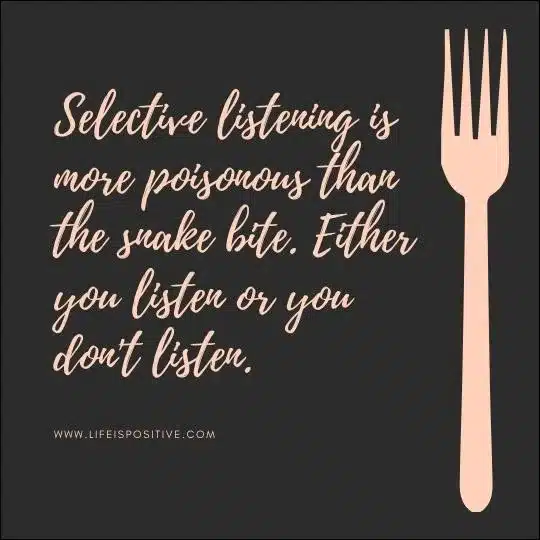
This form of listening can be useful in multitasking or when there’s an information overload.
However, it’s essential to strike a balance between selective listening and more comprehensive forms of listening to avoid misunderstandings and miscommunication.
7. Discriminative Listening: Honing Your Senses
Discriminative listening is like fine-tuning your senses to appreciate the subtleties of sound.
In this style, your attention is laser-focused on distinguishing the different elements of spoken language, whether it’s the pitch, tone, accent, or nuances in pronunciation.
Discriminative listening is incredibly useful in multicultural settings, where understanding diverse accents and dialects is crucial for effective communication.
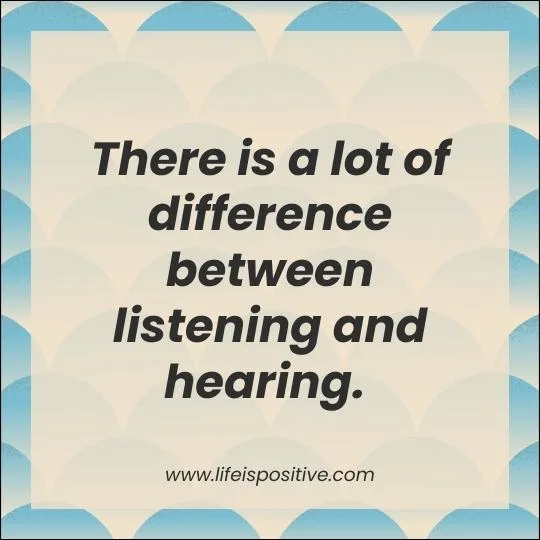
It’s also a valuable skill for language learners who want to grasp the intricacies of a new tongue.
Moreover, this type of listening can elevate your public speaking game, helping you become more articulate and expressive.
So, next time you’re immersed in a conversation with someone from a different background, practicing a new language, or honing your speaking skills, remember the power of discriminative listening in capturing every auditory detail.
8. Sympathetic Listening: Sharing Emotions
Sympathetic listening is like a warm embrace in the world of listening styles.
In this approach, you not only understand the speaker’s emotions, but you also actively share those feelings, creating a deep emotional connection.
This type of listening is particularly valuable when someone is going through a tough time, facing grief, or experiencing hardships.

By expressing similar emotions and showing empathy, you provide comfort and support, letting the speaker know they’re not alone in their feelings.
Sympathetic listening is a powerful tool for building emotional bonds and offering solace during challenging moments.
So, the next time you find yourself conversing with someone who needs a shoulder to lean on, remember the significance of sympathetic listening in providing comfort and understanding.
9. Therapeutic Listening: Healing with Words
Therapeutic listening is like a gentle breeze in the realm of listening styles.
It typically involves trained professionals such as counselors or therapists who guide the conversation to help the speaker deal with emotional or psychological concerns.
The primary aim here is to assist individuals in working through their issues, finding resolutions, and promoting personal growth.
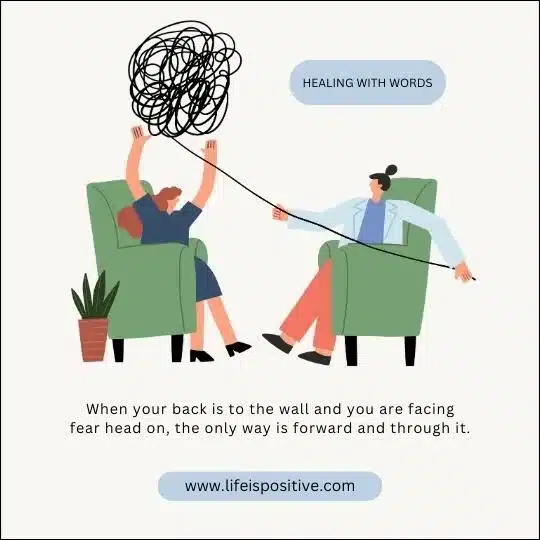
It’s a supportive and healing process, providing a safe space for the speaker to explore their thoughts and emotions, ultimately leading them towards greater understanding and improved mental well-being.
So, if you ever find yourself seeking professional help or guidance to address emotional or psychological matters, you’ll likely experience the therapeutic power of listening.
10. Biased Listening: Filtering Through Beliefs
Biased listening is like looking at the world through tinted glasses.
It occurs when your pre-existing beliefs or opinions color the way you interpret a message.
It’s vital to be conscious of your biases, especially when you’re trying to comprehend perspectives that differ from your own.
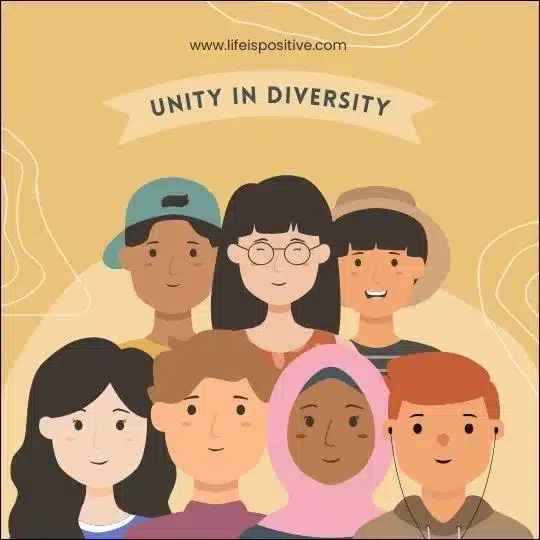
By acknowledging and actively addressing your biases, you can participate in more open, inclusive, and productive conversations.
It’s a way to ensure that you don’t let your personal viewpoints obstruct the path to understanding and cooperation with others, promoting a more harmonious and empathetic exchange of ideas.
11. Appreciative Listening: Encouraging the Speaker
Appreciative listening is like being the cheerleader of a conversation.
It involves rooting for the speaker, offering positive encouragement, and fostering a nurturing environment.
This listening style is crucial in motivational discussions when setting and achieving goals and for boosting someone’s self-assurance.
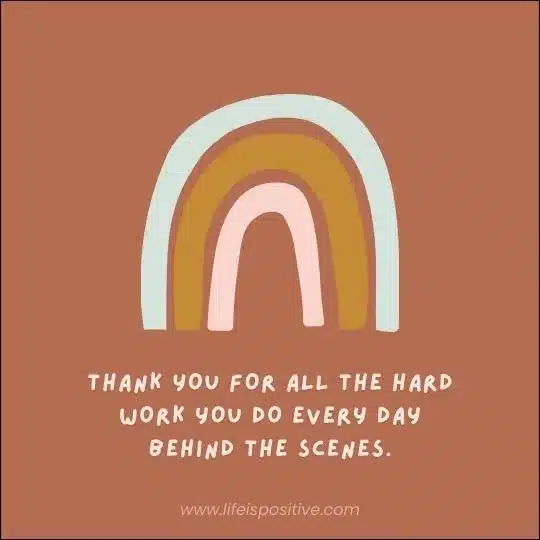
By practicing appreciative listening, you can inspire and empower those you communicate with, helping them believe in their abilities and potential.
It’s a way to be the wind beneath their wings, propelling them toward their aspirations and fostering a positive and uplifting atmosphere in your interactions.
12. Unconditional Listening: No Judgment Zone
Unconditional listening is like opening your heart and mind without any judgment.
In this style, you create a safe and non-critical space for the speaker to express themselves freely.
You don’t analyze or criticize their thoughts or emotions.
It’s a powerful tool for providing emotional support and making others feel deeply accepted and valued.
Unconditional listening helps build trust and connections in your relationships, showing that you are there for someone no matter what and that you genuinely care about their well-being.
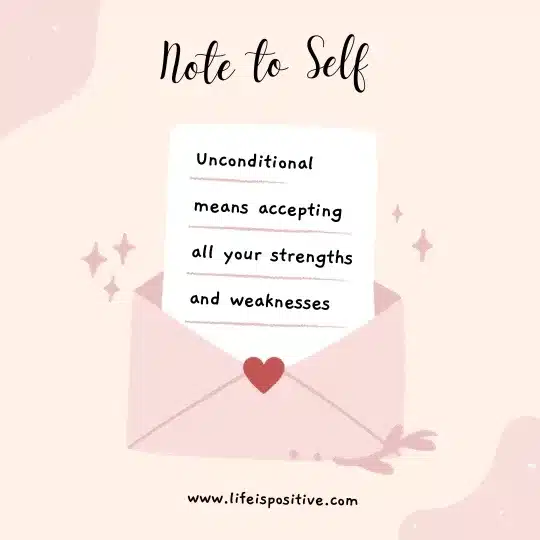
It’s a remarkable way to create a sense of security and comfort in your interactions, allowing people to open up and be themselves without the fear of judgment or rejection.
Final Thoughts
In life, relationships are the threads that weave it all together.
And at the heart of every connection lies the art of listening.
Yet, it’s not a one-size-fits-all deal.
Different relationships demand different listening styles, and mastering this skill can make all the difference.
Whether you’re aiming to foster stronger relationships, advance in your career, or simply be a more supportive friend, these 12 types of listening styles will serve as invaluable tools for a more meaningful future.
Prepare to listen, comprehend, and forge connections in ways you’ve never dreamed possible.
With these skills in your arsenal, you’ll discover the immense potential of truly attentive and purposeful listening.
So, embark on this journey to become an exceptional listener and witness the positive transformations it brings to your personal and professional life.
For more empowering content, connect with our vibrant community here ➡️ Social Media.


